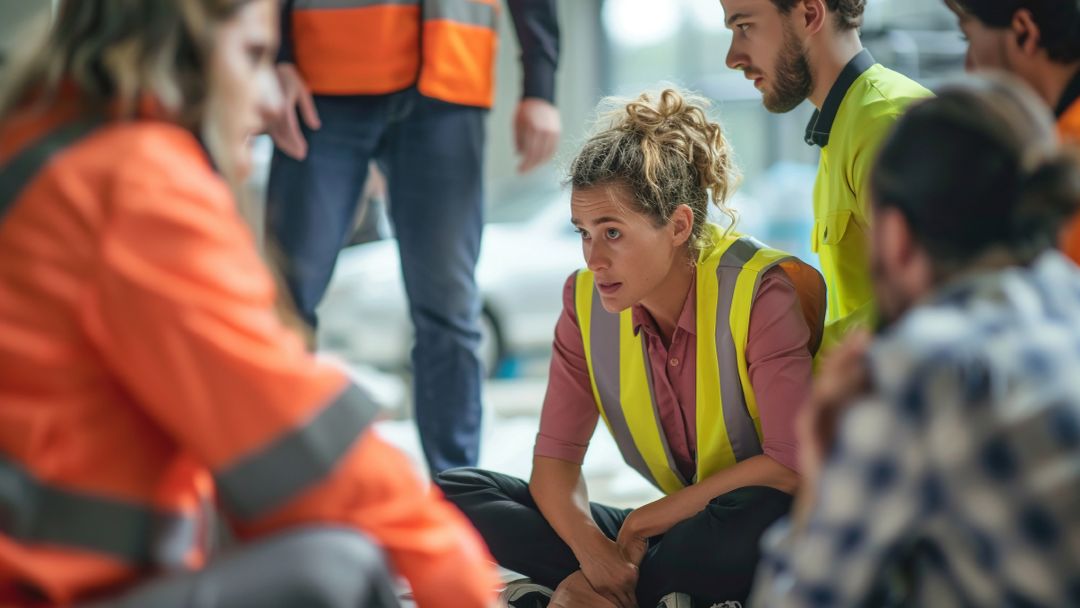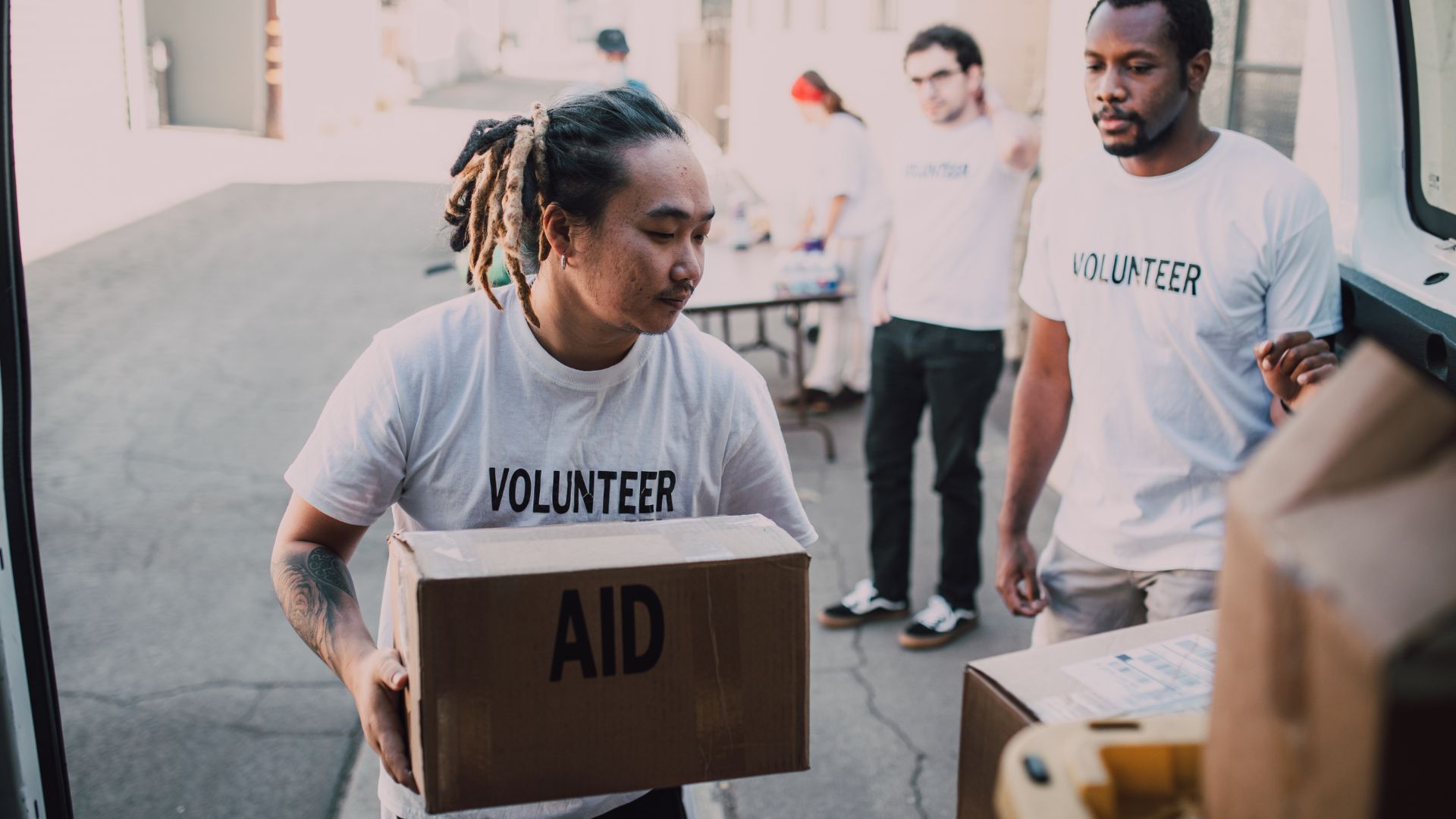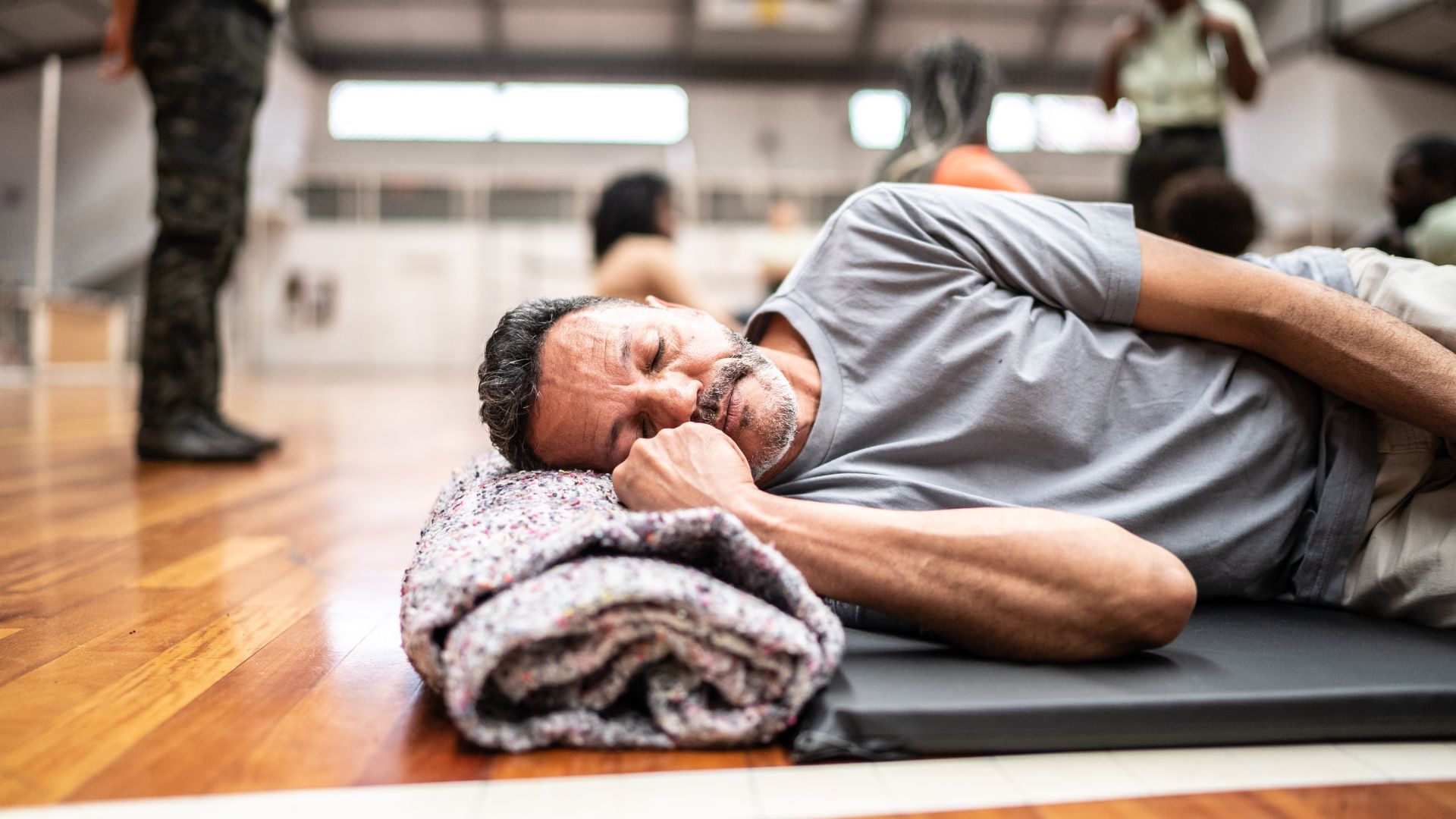Disaster preparation and relief

Building Disaster Resilience Together
BIP helps proven solutions reach the people who need them most,
because in a world of constant shocks, survival should never depend on luck.
Disasters are no longer rare. In 2024 alone, 393 events affected 167 million people and caused over US $240 billion in damage.
Floods, heatwaves, storms, wildfires, droughts, conflicts, and infrastructure failures are now part of everyday life. The impact doesn’t end when the headlines do — families are displaced, systems fail, and chaos follows in the hours that matter most.
At Brilliant Ideas Planet (BIP), we focus on that window of survival.
We back innovators creating tools that detect risk early, warn before impact, and keep people alive, connected, and stable when disaster strikes — technologies that protect essential services and buy time until recovery can begin.
4 areas of focus for disaster preparation and relief
Risk prevention and protection
The best response starts before impact. This work is about seeing danger early and acting on it — sending flood, storm, heat and wildfire alerts in time to move, mapping which communities, hospitals, roads and water systems will be hit first, and putting in physical protection like barriers, pumps and cooling so damage is lower when it lands. Countries with strong multi-hazard early warning systems see far fewer deaths when disasters strike.

In 2024, disasters linked to natural hazards hit 167+ million people and caused almost US $242B in losses. Early warning is the difference between an organized evacuation and a mass casualty event — and coverage is still weakest in the places facing the worst floods, heat, and storms.
Look for solutions here
Operational readiness
This is about being able to move in hours, not days. It means essential supplies like safe water systems, medical and hygiene kits, shelter materials, generators and toilets are already packed and staged; trusted air, road and sea routes are lined up to push them into the impact zone; and mobile teams can land early, set up power and communications, and start running operations immediately.

The UN expects around 300 million people to need humanitarian assistance in 2025, driven by conflict, climate shocks, and failing infrastructure — but many response plans are funded at under 20%, and agencies are already cutting operations. In that gap, the only help that moves is the help that’s already staged.
Look for solutions here
Emergency response
Lives are decided in the first hours. Search and rescue teams pull people out and treat injuries. At the same time, clean water, basic food, toilets and disease control have to reach crowded, displaced families fast — in places where electricity, pipes and health access may already have failed. Safe, covered places to sleep are set up so people aren’t in the open overnight, without light or protection

We’re seeing entire regions lose electricity, water access, and network coverage within 24–48 hours of a single event. Recent floods in Europe caused billions in damage across multiple countries in under a week, cutting roads, isolating towns, and shutting clinics. When no one can get in — and no one can call out — the disaster keeps killing even after impact.
Look for solutions here
Stabiliazation and early recovery
Critical hours decide whether people can stay or be forced out. Roads and sites choked with rubble, sewage, fuel, and flood waste get cleared so aid and people can move again. Power, clean water, toilets, and basic lighting are brought back using temporary systems. Temporary clinics, kitchens, shelters, and charging points are stood up so people can get care, food, and information without leaving the area.

Most affected communities will never get a full “rebuild.” Global need is spiking while funding drops, and UN agencies are warning they’re being forced to scale down core services. For many places, fast debris removal and basic utility recovery aren’t a first step — they’re the recovery.
Look for solutions here
Brilliant Ideas Planet (BIP) serves as a neutral hub — bringing together the world’s most effective disaster relief and resilience solutions to help communities prepare, respond, and recover faster.
Our goal is to make collaboration effortless — connecting what works, so coordination becomes smoother, impact grows, and recovery happens with greater speed and effectiveness.
Oops, it seems like you're not a member.
Sign up! It's free. You'll be able to read all the articles you like, download PDFs, and get in contact with the respective owners.
Have an account already? Sign in here